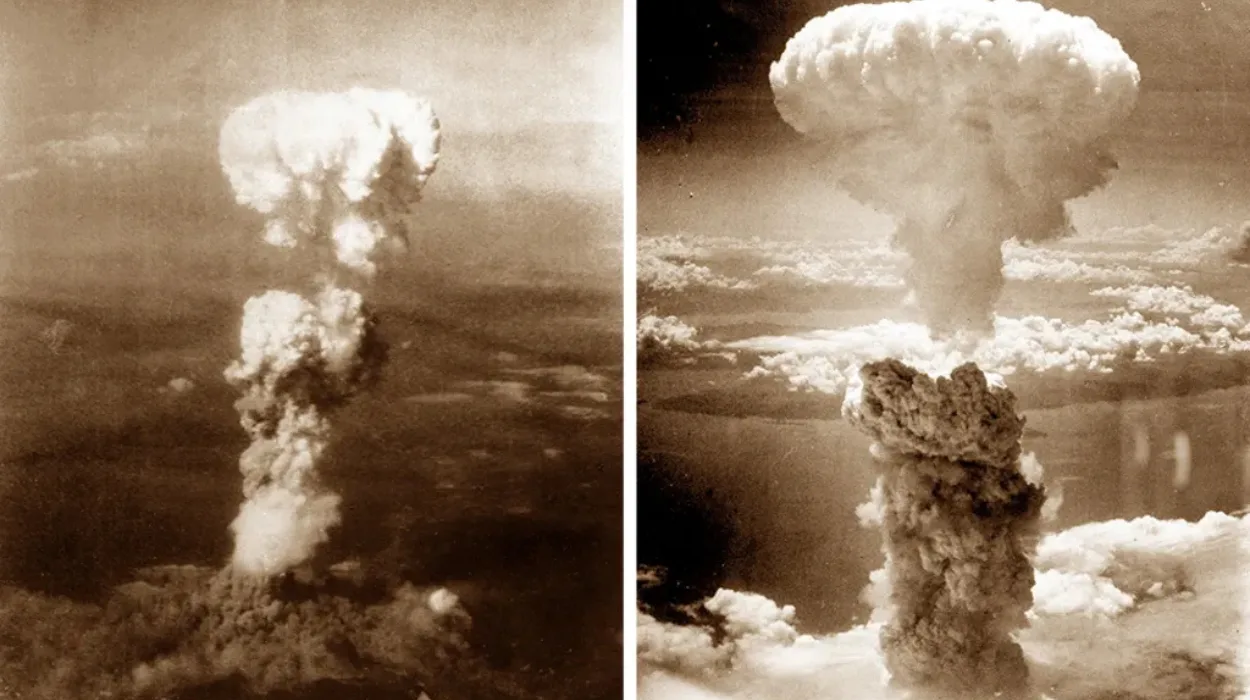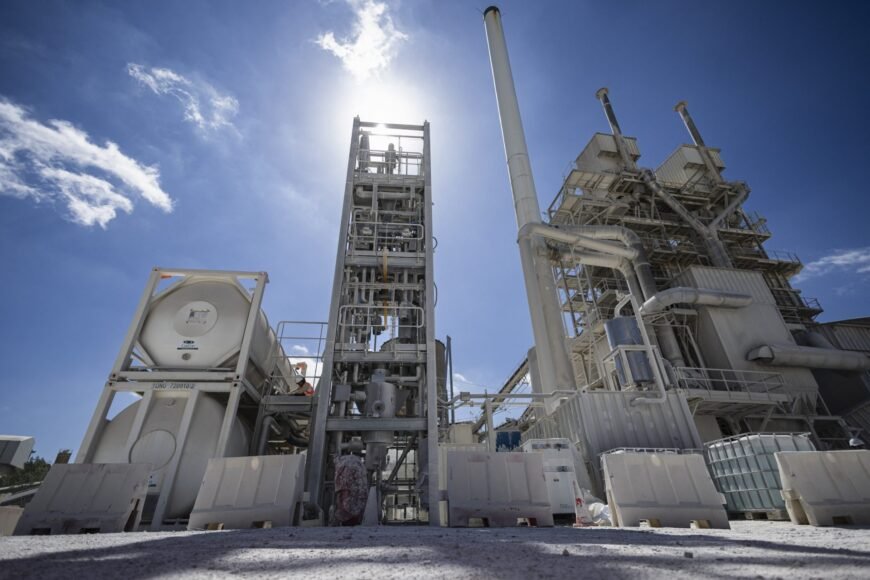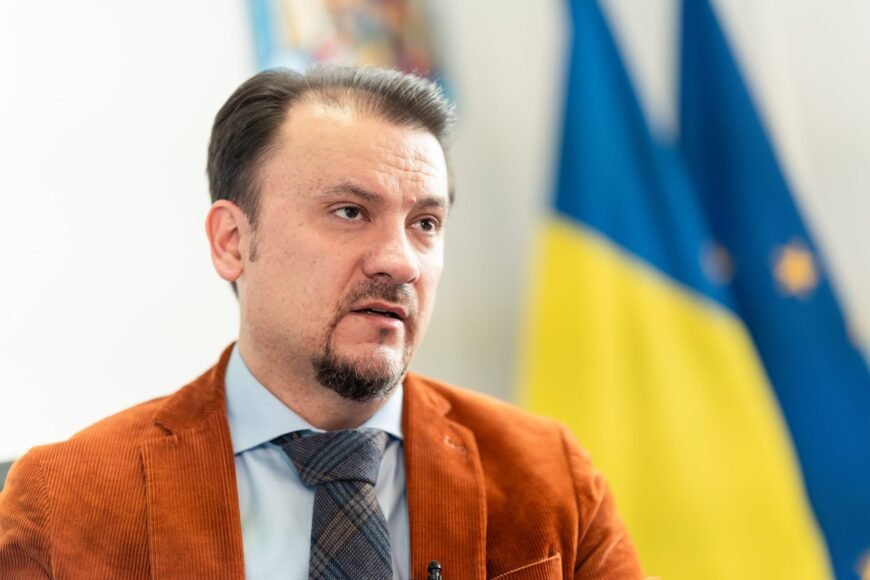
The dropping of atomic bombs on Hiroshima and Nagasaki that occurred in August 1945 is an important and disastrous turning point in human history. Besides ending World War II, these bombs gave rise to a new era of nuclear integration, shifted currents of international affairs as well, and subjected humankind to the fear of unprecedented amounts of mass demise.
This blog explores in depth the historical background, the chronology of events leading to the bombings, the short- and long-term impact of the event, the long-term effects on the human psyche, and how the event continues to linger as a legacy and a debate that continues shaping world discourse to date. The Pacific War still raged in the second half of World War II.
When were the atomic bombings of Hiroshima and Nagasaki?
It was also the terrifying firebombing campaign of the United States Army on the Japanese, as is reflected in the infamous March 1945 bombing of Tokyo alone, when no less than 80,000 Japanese were killed on a single night. Unlike the Allies, which already had an unconditional surrender of Japan by Nazi Germany, this stance was caused by a desire not to lose the emperor and to avoid occupation.
In such a stalemate, the then US president Harry Truman, having only become acquainted with the success of the Manhattan Project to develop atomic bombs, had to face the horrifying prospect of a costly ground invasion of Japan, dubbed Operation Downfall, which was projected to inflict tens of thousands, perhaps millions, of wounds on the Allies and Japanese. Truman also used the dropping of atomic bombs to prove to the Soviet Union, which declared war on Japan early in August 1945, the strength of the United States and that the war would end promptly and without additional losses of lives among the Allies.
The effects of atomic bombing on Hiroshima and Nagasaki
The atomic bomb was one of the best-kept secrets during the time of World War II. It and the personnel who made it were the work of thousands of scientists aided by a project referred to as the Manhattan Project and overseen by J. Robert Oppenheimer, the director of the Trinity Test, which on July 16, 1945, was successful in testing a plutonium weapon in the state of New Mexico. In July, the US had already assembled two bombs, the plutonium-239, called Fat Man, and the uranium-235, called Little Boy.
The important attacking cities that were selected were Hiroshima, Kokura, Niigata, and Nagasaki; many of these sites were selected because of their military targets and morale importance. The Little Boy bomb dropped out of the Enola Gay, a B-29 airplane, at 8:15 am on 6th August 1945, and fell on Hiroshima. The explosion of the bomb was recorded at an 580 meters and an energy production of about 15 kilotons of TNT. The sound waves of the city moved with the highest speed since the temperatures caused by the fireball were approximated between 4,000°C and 7,000°C.
The aftereffects of the atomic bomb on Hiroshima and Nagasaki
Due to the US atomic bombing of Hiroshima and Nagasaki, there was the destruction of nearly 70 percent of all the buildings were destroyed or severely damaged. About 78,000-80,000 of the 350,000 population of the city died instantly. By the close of the year 1945, it is estimated that 140,000 people died due to radiation sickness and injuries, and about 38,000 of them were children. 90% of the doctors
Comments
8 responses to “A Comprehensive Exploration of the Atomic Bombings of Hiroshima and Nagasaki”
-
Just what the world needed, a charming little read on vaporizing cities—perfect for your coffee table if you’re into light afternoon reads about humanity’s greatest blunders. 😏 Can’t wait to see the sequel: “How to Win Friends and Influence People with Nuclear Weapons!”
-
So, nothing like a good ol’ history lesson on the atomic bombings to spice up your evening, huh? Just a casual reminder of how we went from simple disagreements to choosing between a B-29 or a dinner date—talk about raising the stakes! 💥🍽️
-
Fancy a light read on humanity’s best idea since sliced bread? Nothing says “peace” quite like vaporizing a city or two, right? 😏
-
Just what we needed, another deep dive into the bombings—because who doesn’t want a refresher on a little catastrophe that reshaped our world? 🍷 Perfect weekend reading for the morally perplexed, eh?
-
Fancy a read on how to win a war with a bang? Nothing quite like vaporizing a city to get your point across, eh? 🤷♂️💥
-
Seems like a charming little escapade into nuclear history—nothing says “let’s have a chat about world peace” like a comprehensive exploration of mass destruction, eh? 🤷♂️
-
Quite the charming holiday read, isn’t it? Nothing like a little light history on mass destruction to spice up your evening! 😏📚
-
A jolly read for those who find nuclear devastation a riveting page-turner! Perfect for your coffee table, right next to the “How to Win Friends and Influence People” manual. ☕️💣
Last News

EU countries produced approximately 35 billion liters of beer in 2024.

‘Heard of Dresden?’: US Israel Envoy Defends Gaza Takeover Plan Against Criticism
The military escalation comes amid increasingly urgent international condemnation over the humanitarian d

Waste Warriors to Harvest 70,000 kg of Pears in Vlezenbeek
Velzenbeek (Brussels Morning Newspaper) – In Vlezenbeek, Waste Warriors and Thomas Schiltz plan to quickly harvest 70,000 kg of pears from a family orchard and turn them into juice to prevent waste by New Year’s Eve.
As VRT News reported, in Vlezenbeek, in the province of Flemish Brabant near Brussels, Belgium, a family faces a problem with their 3-hectare pear orchard. The trees are full of rip

Joint Statement by EU Leaders on the 5th Anniversary of Belarus’ Fraudulent Presidential Elections
DISCLAIMER: The information and opinions in the articles belong to those expressing them and they bear responsibility for them. Publication in The European Times does not imply endorsement of the views, but recognizes the right to express them.
DISCLAIMER TRANSLATIONS: Articles on this site are published in English. Translations are performed through an automated process known as neural translat

Karas: EU Budget Proposal “Appropriate Foundation for Dialogue”

Bornem: First runner completes 56th Dodentocht 100km in 10 hours
Bornem (Eurotoday) – The 56th Dodentocht in Bornem saw 12,643 participants complete a 100 km walk in 24 hours. Early finishers included Hingene’s Peter Bollen and Puurs’ Stefan Dusaert, with 246 quitting at Kalfort.
Who were the early finishers in the 56th Dodentocht 100km?What is the Dodentocht, and how did it become a major endurance event in Belgium?
As GVA News reported, the 56th Dodentoch

Starmer Leads Outcry Over Israel’s Escalation in Gaza War
Spanish Foreign Minister José Manuel Albares criticized Israel’s military escalation in Gaza in a post on X, stating that it would lead to “further destruction and suffering.”
Israel’s strategy involves

Armenia/Azerbaijan: EU High Representative’s Statement on the Initialling of the Peace Treaty
DISCLAIMER: The opinions and information presented in the articles reflect those of the authors and they bear responsibility for their statements. Publishing in The European Times does not imply endorsement of the views, but supports the right to express them.
DISCLAIMER TRANSLATIONS: All articles on this website are originally in English. Translations are produced via an automated process call

Romania Convinced That the Application of EMFA Will Strengthen Democracy

11th Zomer in Linden Festival Kicks Off in Lubbeek
Lubbeek (Eurotoday) – The 11th edition of the Zomer in Linden festival in Lubbeek begins tonight, Aug 8, 2025, led by organiser Fien Vandercruyssen and Sint-Kwinten scouts, runs 3 days with artists like Willy Sommers, Sylver, and Dotan, celebrating community spirit.
What keeps the Zomer in Linden festival true to its community roots?What makes the Zomer in Linden festival a lasting community t



Leave a Reply